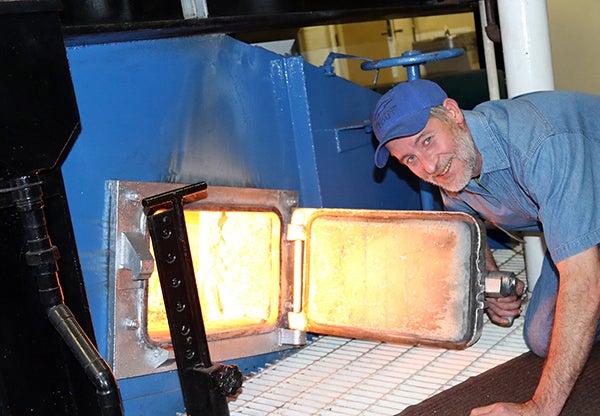

Electrons moving back and forth crash into each other, and those collisions warm up power lines and the air around them. When that electricity is lost, where does it go? Heat. Engineers have to make sure they don’t get too close to trees and buildings. The sagginess of power lines is actually the limiting factor in their design. (For history nerds: This is why AC won the battle of the currents. Keeping voltage high lets us keep current, and losses, low. That square factor means a tiny jump in current can cause a big bump in losses. It boils down to this: Losses scale with the square of a wire’s current. Ohm’s law describes how the amount of power in electricity and its characteristics – voltage, current and resistance – are related. Why so much voltage? To answer this question, we need to review some high school physics, namely Ohm’s law. The voltage in these lines can be hundreds of thousands of volts. This sounds like a job for powerlines.įirst, electricity travels on long-distance, high-voltage transmission lines, often miles and miles across country.

So we somehow have to get electricity to our homes. Most of us don’t live right next to a power plant. Step 2: Moving Electricity – Transmission and Distribution (The coal efficiency line is nearly identical with nuclear energy, and is swallowed up in the purple). All types of plants have roughly the same efficiency, with the exception of natural gas, which has seen recent improvements in efficiency in recent years with the addition of combined cycle plants.

This graph shows the heating efficiency of different types of power plants.


 0 kommentar(er)
0 kommentar(er)
